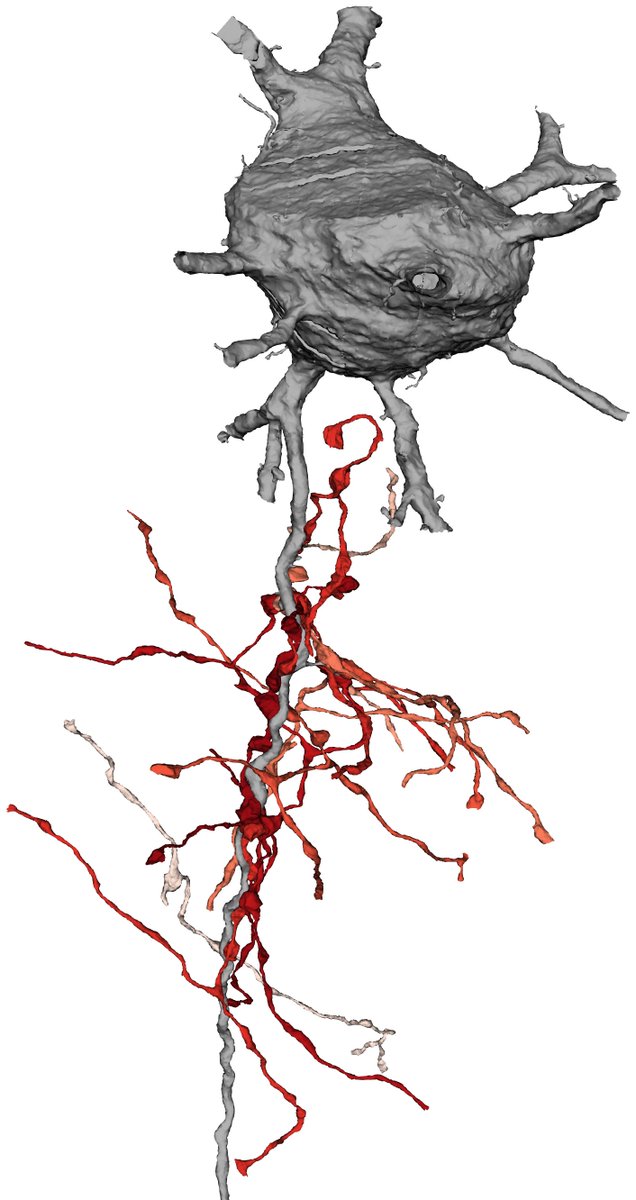
We are going cell by cell to uncover the cause for #Alzheimers disease.🌟 Announcing the first major #openscience data release from SEA-AD, a @NIHAging-funded collaboration with @UWMedicine and @KPWaResearch taking steps to #endALZ. #AllenImpact 🧵1 alleninstitute.org/what-we-do/bra…
Visit: sea-ad.org to access the Seattle Alzheimer’s Disease Brain Cell Atlas and freely explore the #openscience data. #AllenImpact #endALZ #Alzheimers 🧵2 

This #openscience data examines the specific types of brain cells that die off or change in #Alzheimers disease. These insights could lead to better therapies to slow or halt the disease’s progression. #endALZ #AllenImpact 🧵3 

This #openscience #Alzheimers data includes:
☑️ transcriptomics comparative viewer
☑️ transcriptomic explorer
☑️ donor index & neuropathology image viewer
🔗 to SEA-AD transcriptomics data via #CZCellxGene
🔗 to SEA-AD chromatin accessibility data via @GenomeBrowser
🧵4
☑️ transcriptomics comparative viewer
☑️ transcriptomic explorer
☑️ donor index & neuropathology image viewer
🔗 to SEA-AD transcriptomics data via #CZCellxGene
🔗 to SEA-AD chromatin accessibility data via @GenomeBrowser
🧵4
At @alzassociation's #AAIC22 workshops & preconference today & tomorrow, learn more about our SEA-AD research from Senior Investigator Ed Lein at: "NIA-AA Symposium: Enabling Precision Medicine for Alzheimer’s Disease Through Open Science" aaic.alz.org/program/worksh… 🧵5 

• • •
Missing some Tweet in this thread? You can try to
force a refresh









